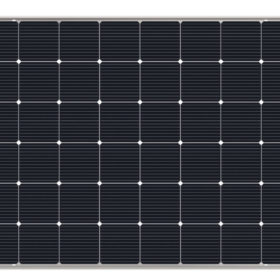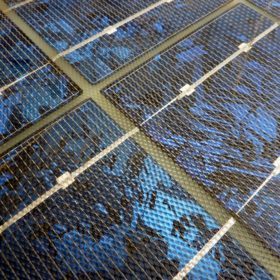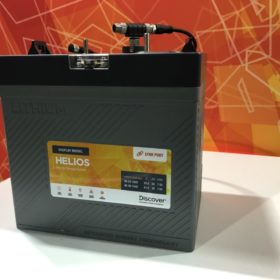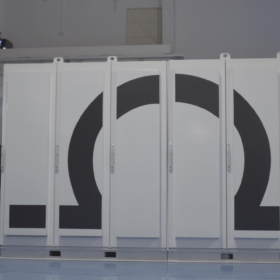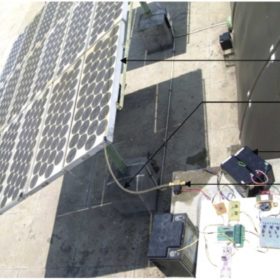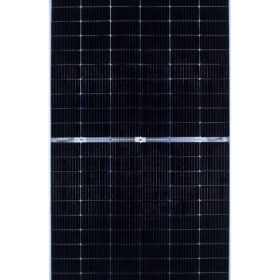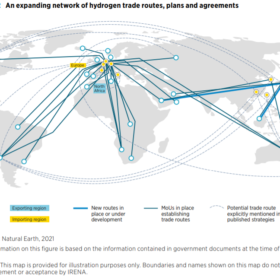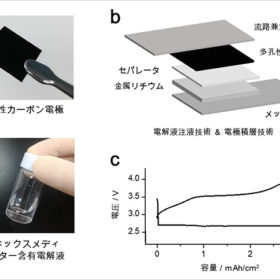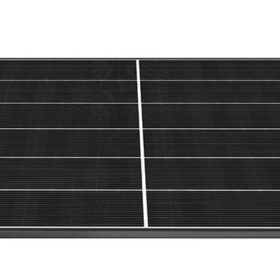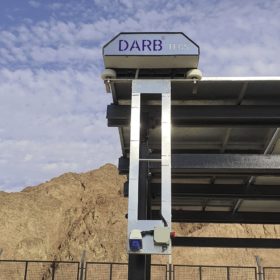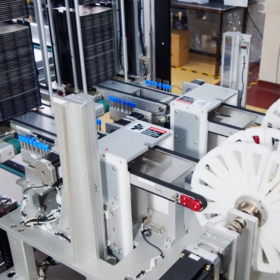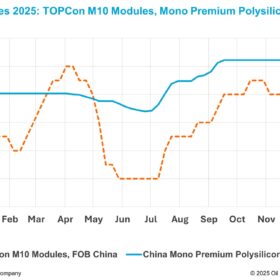TOPCon vs PERC
TOPCon solar cells are on their way to fully compete with PERC solar products, according to recent research from Germany’s Fraunhofer ISE. Efficiency gains for the TOPCon concept, however, are necessary to help it capture more market share, as production costs remain higher than those for PERC tech. A series of cost-driven strategies to make TOPCon modules advance were outlined in the study.
REIL seeks 200,000 silicon solar cells
Bids are invited from Indian manufacturers to supply five-busbar mono-/multi-crystalline silicon solar cells rated for minimum of 4.62 watts. Bidding closes on January 27.
Discover Battery unveils lithium ferro-phosphate battery for off-grid solar, tiny homes
At Intersolar North America in California, Canada-based Discover Battery has launched the Helios energy storage system, an LFP battery designed to operate in remote conditions.
Ohmium partners IIT Madras on PEM electrolyzer R&D
The USA-headquartered green hydrogen generator developer has entered into an R&D partnership with IIT Madras Research Park (IITMRP) to improve the performance and lower the cost of its polymer electrolyte membrane (PEM) electrolyzers.
Spraying water system for solar module cooling
A British-Indian research group has developed an active cooling technique that is claimed to improve a PV system’s yield by around 0.5%. The system could be used in residential solar arrays and the water heated by the PV modules may be fed into a solar water heating system.
Vikram Solar launches M10 modules
The Indian manufacturer has unveiled Series 10 monocrystalline PERC solar modules featuring 144 half-cells based on M10 wafer. The modules are available in monofacial and bifacial versions with a maximum efficiency of 21.33% and 21.13%, respectively.
Green hydrogen could disrupt global trade, bilateral energy relations
While there are still many uncertainties as to the way in which hydrogen trade might evolve and change economic ties and political dynamics between countries, experts agree that green hydrogen can bring winds of change to the global energy arena. According to the International Renewable Energy Agency, significant geoeconomic and geopolitical shifts are just around the corner.
Japanese consortium builds lithium-air battery with energy density of 500 Wh/kg
A Japanese group has developed a storage system with potential applications in residential storage, electric vehicles, drones and Internet-of-Things devices.
Panasonic unveils 410 W solar panel with 22.2% efficiency
The new heterojunction module series is compatible with Panasonic’s Evervolt battery and has a power output ranging from 400 to 410 W. It also features a temperature coefficient of -0.26% per degree Celsius.
The long read: Dealing with dust
Sand and dust are a PV plant operator’s worst nightmare. Performance losses due to soiling, or “the dust effect,” are a cause for innovation among O&M providers, particularly in dry and dusty regions that are otherwise ideal locations for large-scale solar installations. Yazeed Al-Mousa examines the latest robotic cleaning solutions, as well as the software and sensors that help plant operators with the tricky economic decision of when to actually start cleaning.
